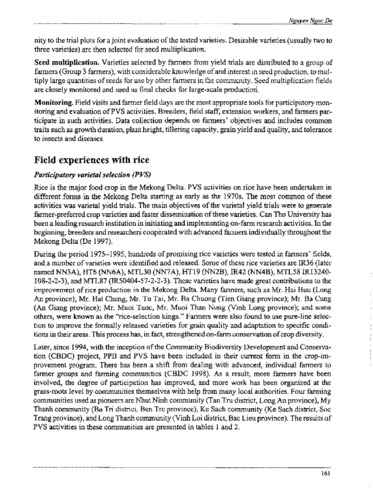Pests and diseases of Brachiaria species
The main insect pests and diseases associated with Brachiaria pastures are considered, with emphasis on spittlebugs, the most damaging pests in tropical America. Outbreaks of the polyphagous burrowing bugs of the genus Scaptocoris, both in Brazil and Colombia, are of concern. Other pests discussed include leafcutting ants; the mound-building termites, Cornitermes cumulans and Syntermes sp.; the lepidopterans, Spodoptera frugiperda and Mocis latipes; the rhodesgrass scale, Antonina graminis; and the chinch bug, Blissus leucopterus. Important fungal and viral diseases of Brachiaria species are outlined. Most of these occur in Africa, the center of diversity of Brachiaria, but lately some-particularly foliar blight caused by Rhizoctonia solani; ergot, caused by Claviceps species; and guineagrass mosaic virus-have acquired importance in tropical America, and could become devastating where vast areas are planted to a single cultivar. Chemical control is not feasible in perennial pastures, and pest- and disease-resistant cultivars of Brachiaria need to be developed as a low-cost alternative. Promising control measures and future research needs are discussed

